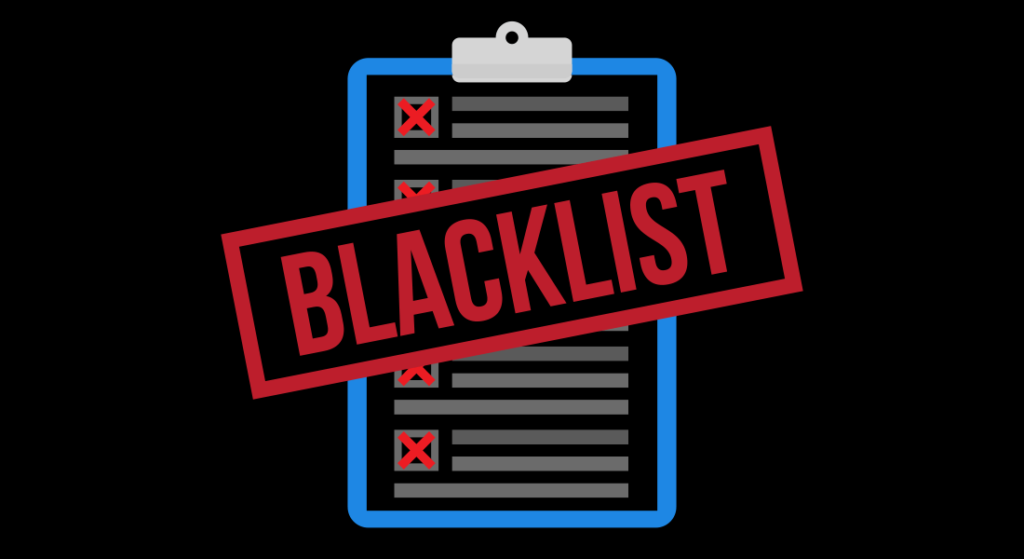Unlocking the Power of SMTP/Domain/IP Warmup for Email Marketing Success
Are you a new business venturing into the world of email marketing? Congratulations on taking this significant step to connect with your audience! However, before you hit “send” on your first email campaign, there’s a crucial process you should know about – SMTP/Domain/IP warmup. In this blog post, we’ll explore what SMTP/Domain/IP warmup is and why it’s essential for your email marketing success. What is SMTP/Domain/IP Warmup? SMTP/Domain/IP warmup is a strategic and gradual process of establishing the reputation of your email sending infrastructure. It involves sending a progressively increasing volume of emails over a period, typically starting with a small number and gradually ramping up. This process helps build trust with Internet Service Providers (ISPs) and email service providers, ensuring your emails land in the inbox rather than the dreaded spam folder. Advantages of SMTP/Domain/IP Warmup Improved Deliverability: SMTP/Domain/IP warmup establishes your email reputation, making ISPs more likely to accept your emails and deliver them to the recipient’s inbox. This leads to higher email deliverability rates. Enhanced Open Rates: With a positive sender reputation, your emails are more likely to be opened and read. High open rates are crucial for the success of your email marketing campaigns. Avoiding Spam Traps: ISPs often use dormant email addresses as spam traps. Sending to these addresses can harm your reputation. Warmup ensures you avoid these traps by gradually increasing your sending volume. Reduced Bounce Rates: During warmup, you can identify and address any email bounce issues promptly. This helps maintain a clean and updated email list, further boosting your sender reputation. Optimal Engagement: As you gradually increase your sending volume, you have the opportunity to monitor and adjust your email content and targeting strategies for maximum engagement. This fine-tuning is critical for long-term success. How to Execute SMTP/Domain/IP Warmup Segment Your Email List: Start by segmenting your email list into smaller, manageable groups. This allows you to control the volume of emails sent to each segment during warmup. Gradual Volume Increase: Begin by sending a small volume of emails from your new SMTP server or IP address. Monitor delivery rates and adjust as needed. Monitoring and Feedback Loops: Keep a close eye on your email campaign performance. Pay attention to bounce rates, spam complaints, and open rates. Use feedback loops to identify and resolve issues promptly. Content Quality: Ensure that your email content is relevant and engaging. Avoid spammy practices, such as excessive use of keywords and misleading subject lines. Consistency: Maintain a consistent sending schedule and gradually increase your sending volume over a few weeks or months, depending on your email list size. In conclusion, SMTP/Domain/IP warmup is a critical process for new businesses embarking on their email marketing journey. It lays the foundation for a positive sender reputation, which is essential for high deliverability and engagement rates. By following the warmup process diligently, you’ll set your email marketing campaigns on the path to success and build strong connections with your audience. At Queue Index, we understand the importance of a successful warmup process for your email marketing efforts. Our Warmup Plan can help you navigate this crucial step with ease. Contact us today to learn more about how we can support your email marketing journey and help your business thrive.
Unlocking the Power of SMTP/Domain/IP Warmup for Email Marketing Success Read More »


